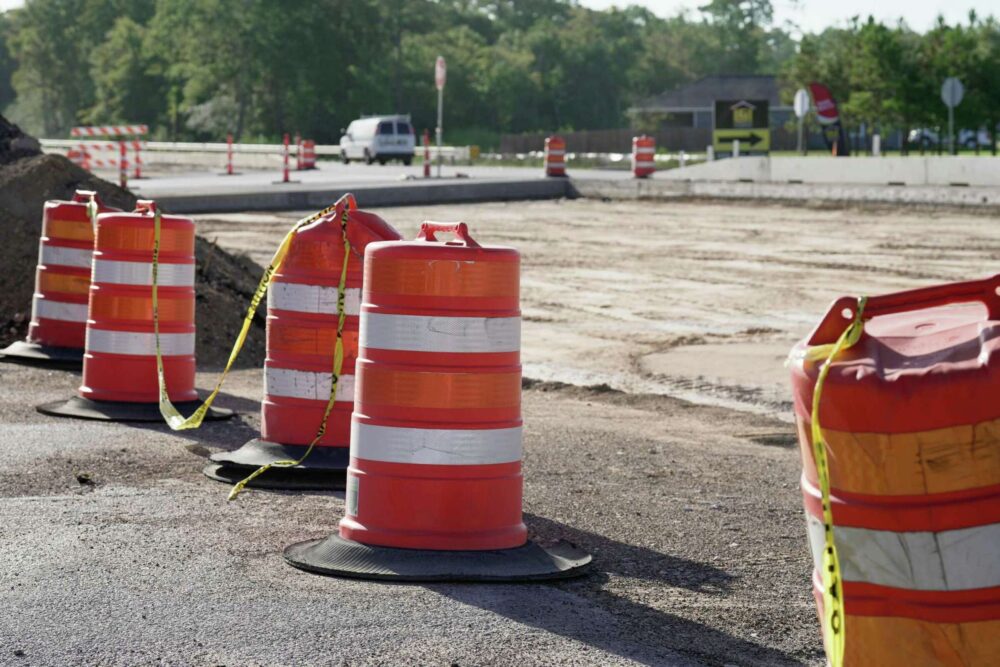Texas is growing in terms of population and economic development, but investments in rural roadways have not kept up with growth in the movement of people and goods, according to a recent report by TRIP, a national transportation research nonprofit.
Thousands of trucks traverse rural roads daily, hauling food and products to local urban centers and the rest of the nation. TRIP, which advocates for highway improvements, claims that investing to improve rural roads will benefit every Texan.
Since 2015, over $7.5 billion has been spent on highways outside major urban areas. Currently, 127 projects valued at $7.2 billion are in progress. Yet $27.8 billion of highway maintenance and improvement projects are still needed.
These projects are part of the Texas Department of Transportation’s Texas Trunk System (TTS), which serves as the principal connector for all Texas cities with a population of more than 20,000 people, as well as major ports of entry. The goal is to ensure that the roads connecting these areas are safe, four-lane divided highways.
“Maintaining connectivity is essential not only to serve rural communities but also to support the shifting agricultural and energy extraction and production needs of a growing population and economy,” the U.S Transportation Board stated in a report. Each year, an estimated $3.3 trillion worth of goods are shipped to and from Texas, the majority of it transported by trucks utilizing rural road networks.
Besides expanding capacity to ease traffic flow, road improvements should also help alleviate traffic safety issues. According to TRIP, rural Texas highways claim significantly more lives than other more developed roadways in the state. Despite carrying only 21% of the state’s traffic in 2020, 34% of all traffic accident fatalities occurred on Texas’ rural highways.
Per miles driven, the risk of death on a narrow two-lane rural highway with no dividers is nearly double compared to urban highways. With the implementation of safety measures, such as adding more lanes, installing highway dividers, installing roundabouts, adding shoulders, and smoothing sharp corners, traffic deaths on these roads decreased.
Over the next decade, $14 billion has been approved for rural highway repairs and re-designs. “The system continues to need to be expanded and improved,” said Rocky Moretti, director of policy and research for TRIP.


